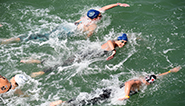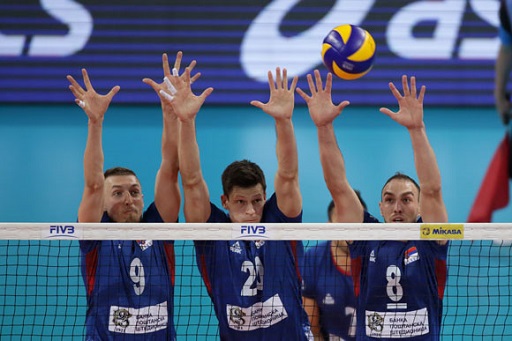4 Investigating team resilience
Whether from your own experience as an athlete, or from watching a sports team that you follow, the highs and lows of team sport cannot be ignored. For athletes and coaches to be able to face these challenges and positively adapt is not an easy task. West, Patera and Carsten (2009, p. 254) argue that team resilience could be of importance for teams to ‘repair and rebound’ from experiencing these stressful situations.
In Activity 5 you will examine team resilience in more depth, in addition to hearing again from Dr Mustafa Sarkar on the differences between individual and team resilience.
Activity 5 Investigating team resilience
There are two parts to this activity.
First, read the reading at the link below, which is part of an article called ‘Recent developments in team resilience research in elite sport’ (Morgan, Fletcher and Sarkar, 2017):
Reading: Recent developments in team resilience research in elite sport [Tip: hold Ctrl and click a link to open it in a new tab. (Hide tip)]
Identify the key features of team resilience that are discussed.
Discussion
Having read the reading, you might have noted down that there is ‘some consensus about the protective nature of team resilience from the potentially harmful effects of stressors’ (Morgan, Fletcher and Sarkar, 2017, p. 159). Furthermore, the authors highlight that team resilience is a dynamic process and is a shared or collective phenomenon, comprising both psychological and social elements (psychosocial).
You might have summarised the findings from the two research articles discussed; one that collected primary data through the use of focus groups and one that analysed written narratives of athletes from autobiographies.
Then listen to the following audio recording, ‘Developing resilience in sport’, in which resilience researcher Dr Mustafa Sarkar explains what team resilience comprises.
Transcript: Developing resilience in sport
Finally, make a note of how team resilience differs from individual resilience.
Discussion
From the audio recording, you might have noted that, unlike individual resilience, team resilience involves relationships and requires a difference set of qualities including group structure, importance of collective confidence, deep emotional bonds and social identity.
So far, you have seen differences between individual and team resilience. In the audio, Dr Sarkar acknowledged that while there were some nuances in team resilience across sports, there were some key similarities. In the next section, you will look at how resilience applies to the extremes of sporting performance.

